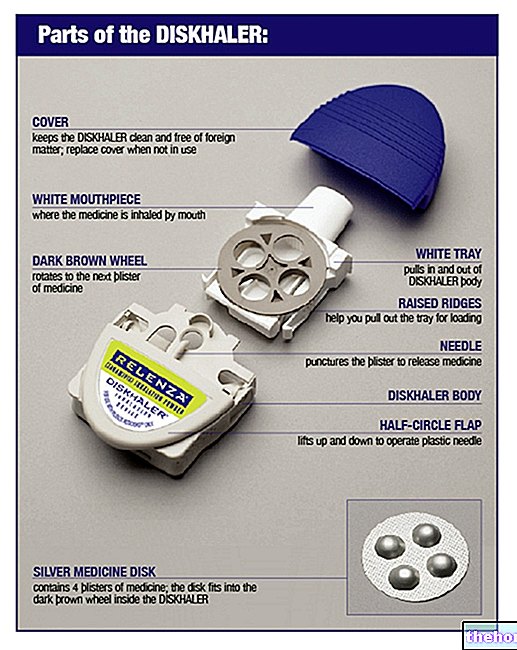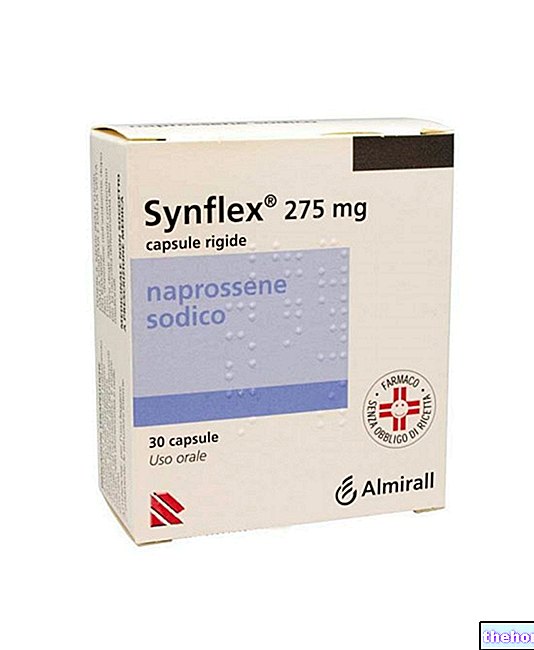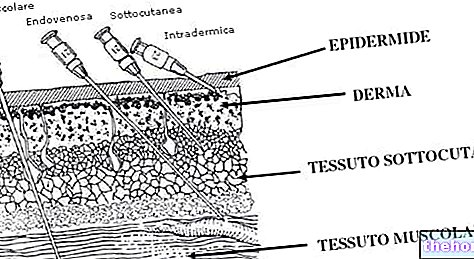
What is Zerene?
Zerene is a medicine that contains the active substance zaleplon. It is available as capsules (white and brown: 5 mg; white: 10 mg).
What is Zerene used for?
Zerene is indicated for the treatment of adults with insomnia who have difficulty falling asleep. it is only prescribed when the disorder is severe, disabling or causing extremely serious problems.
The medicine can only be obtained with a prescription.
How is Zerene used?
Treatment with Zerene should be as short as possible and should not last more than two weeks.
Zerene should be taken immediately before bedtime, or after if the patient has difficulty falling asleep. The recommended dose is 10 mg, but in the case of elderly patients or patients with mild or moderate liver problems, it should be reduced to 5 mg.
The total daily dose of Zerene should not exceed 10 mg. There is no need to take a second dose on the same night. You should not eat anything during or shortly before taking Zerene, as food may reduce the effect of the medicine. Zerene must not be taken by children or by patients who have severe liver or kidney problems. For more information, see the package leaflet.
How does Zerene work?
The active substance in Zerene, zaleplon, belongs to a class of medicines related to benzodiazepines. Zalepon is chemically different from benzodiazepines, but acts on the same receptors in the brain. It is a gamma-aminobutyric acid (GABA) receptor agonist, which means it binds to receptors for the neurotransmitter GABA and activates them. Neurotransmitters, such as GABA, are chemicals that allow nerve cells to communicate with each other. In the brain, GABA helps induce sleep. By activating its receptors, zaleplon increases the effect of GABA, which promotes sleep.
The powder contained in the Zerene capsules is colored with a very intense blue dye to prevent the drug from being accidentally administered to someone.
How has Zerene been studied?
Zerene has been studied in a total of 14 studies involving approximately 3 500 adult and elderly patients. Five of these studies were comparative: Zerene was compared with placebo (a dummy treatment) or with zolpidem or triazolam (other drugs used to treat insomnia). The main studies lasted between two and four weeks. The main indicator of effectiveness was the time it took to fall asleep. Time spent sleeping and sleep characteristics were also observed in some studies.
What benefit has Zerene shown during the studies?
The time it took to fall asleep was shorter in adults treated with Zerene 10 mg and the effects lasted for up to four weeks.
In elderly patients, the time to fall asleep often decreased with Zerene 5 mg and always decreased with Zerene 10 mg compared to placebo in two-week studies. Zerene 10 mg was more effective than placebo in decreasing the time it took to fall asleep and in increasing the duration of sleep during the first half of the night.
In studies measuring the duration of various sleep stages, Zerene did not alter sleep characteristics.
What is the risk associated with Zerene?
The most frequent side effects with Zerene (seen in 1 to 10 patients in 100) are amnesia (memory loss), paraesthesia (unusual sensations, such as tingling), sleepiness and dysmenorrhea (painful menstruation). For the full list of side effects reported with Zerene, see the package leaflet.
Zerene must not be used in people who may be hypersensitive (allergic) to zaleplon or any of the other ingredients. It must not be used in patients with severe liver or kidney problems, sleep apnea syndrome (frequent interruption of breathing during sleep), myasthenia gravis (disease causing muscle weakness) or severe respiratory failure (breathing disorders) or even in patients under the age of 18.
Why has Zerene been approved?
The Committee for Medicinal Products for Human Use (CHMP) decided that Zerene's benefits are greater than its risks for the treatment of patients with insomnia who have difficulty falling asleep, when the disorder is severe, disabling or causing extremely serious problems. The committee recommended the granting of a marketing authorization for Zerene.
Other information about Zerene:
On 12 March 1999, the European Commission issued a "Marketing Authorization" for Zerene, valid throughout the European Union. The "Marketing Authorization" was renewed on 12 March 2004 and 12 March 2009. The the holder of the marketing authorization is the company Meda AB.
For the full version of Zerene's EPAR click here.
Last update of this summary: 03-2009.
The information on Zerene - zaleplon published on this page may be out of date or incomplete. For a correct use of this information, see the Disclaimer and useful information page.




























